If you’ve ever thought skiing could be more comfortable, versatile, and accessible—welcome to the world of skiblades! Shorter, nimbler, and surprisingly adaptable, skiblades offer more than just an exciting way to hit the slopes. One of the biggest game-changers with skiblades is the freedom of choice when it comes to bindings. Here’s a guide on the three main types of skiblade bindings and how to adjust them to fit like a glove, keep you secure, and make your next ski trip a blast.
Release Bindings
First up, the classic: release bindings. If you’re familiar with traditional skis, you probably know about these. Release bindings are standard on long skis because they’re engineered to release your feet during a fall, minimizing the risk of injury. Here’s why they’re great and why they’re generally reserved for skis longer than 100 cm:
Why Release Bindings are Popular
Safety During a Fall: When you’re on a long ski, falling can turn into a tumbling act. Release bindings pop your boots free, reducing your chances of getting tangled up.
Reliable Control: Release bindings keep your feet locked in but give you peace of mind if things go south.
Adjusting Release Bindings on Skiblades
Adjusting release bindings involves setting the correct “DIN” value—the release setting. You’ll want to ensure this is correctly calibrated to your weight and skiing style (consulting a professional is ideal for this adjustment). While most skiblades don’t require release bindings, those over 99 cm or with specific performance demands might feature them. Adjust the toe and heel piece to your boot length and ensure the settings lock in snugly but not so tightly that they compromise the release function.
Non-Release Bindings
For skiblades, non-release bindings are where the magic happens! Forget about complicated adjustments or pricey setups—these bindings are designed to keep things simple, affordable, and adaptable.
Why Non-Release Bindings Rock for Skiblades
1. Safety: With short skis, falls tend to be softer. Non-release bindings mean that your skis stay attached during minor spills, so you’re less likely to lose a ski or get tripped up.
2. Ease of Use: These bindings are tool-free and adjustable, making it easy to set them up for your boots without a ski technician. You can adjust them at home or on the go, sharing them with friends or family.
3. Affordability: Non-release bindings keep costs down, making skiblades accessible to a wider audience.

How to Adjust Non-Release Bindings
Here’s the easy part: non-release bindings are built to be DIY-friendly. Here’s how to adjust and secure them for a custom fit:
Step 1: Release the safety buttons located at the middle of each binding. This will free the metal brackets so you can move them closer or further from the ski’s center.
Step 2: Place your ski boot on the binding and slide the rear bracket until it meets your heel comfortably. Once it’s positioned correctly, press the safety buttons to lock the brackets in place.
Step 3: Secure the front toe clip by sliding it forward until it holds the boot’s toe snugly in place.
Step 4: Fasten the safety leash around your ankle. This keeps your skiblades from taking off if you do lose them, but it’s rare that these bindings would detach under normal skiing conditions.
Non-release bindings offer all the benefits of traditional bindings minus the release feature, which isn’t crucial for shorter skis since you’re closer to the ground and have more natural control.

Snowboard Boot Bindings
Now, imagine being able to ski without the infamous discomfort of ski boots. That’s where snowboard boot bindings on skiblades come in. Combining the flexibility and cushion of snowboard boots with the nimble fun of skiblades, this setup is gaining popularity for all the right reasons.
Why Snowboard Boot Bindings Are a Game-Changer
Comfort: Snowboard boots are softer and more flexible than ski boots, allowing for longer, more comfortable days on the mountain.
Versatility: Switching between snowboarding and skiblading is a breeze since you can keep the same boots on.
Flexibility: These bindings give you greater freedom of movement, perfect for tricks, jumps, or just enjoying a relaxed ride.
Ease of Walking: Anyone who has had to walk around in ski boots knows the struggle. Snowboard boots are much easier to walk in, making transitions between the lodge and slopes hassle-free.
How to Adjust Snowboard Boot Bindings on Skiblades
Setting up snowboard boot bindings on skiblades is just as straightforward as it sounds. Here’s the quick lowdown:
Step 1: Shorten or extend the toe and ankle straps so they match the size of your snowboard boot. You want the straps to hold your boot securely without being overly tight.
Step 2: Place your boot onto the binding, securing the toe and ankle straps around it. Make sure both are snug, giving your boot a firm hold on the skiblades.
Step 3: Test it out by moving your foot around. Your skiblades should stay attached without any wobbling or sliding. Adjust the straps as needed to achieve a secure fit.
This setup is excellent for those who prefer comfort and flexibility without compromising on security or control. They also make carrying your skiblades easier, as you can switch between snowboard and skiblade mode seamlessly.
Tips for Adjusting Any Skiblade Binding Type
Whether you’re using release, non-release, or snowboard boot bindings, a few general tips can help ensure a perfect fit and a smooth skiing experience:
Check Before You Shred: Always double-check your bindings before hitting the slopes. A quick inspection of your straps, brackets, and safety buttons can prevent surprises.
Adjust According to Terrain: If you’re planning on trying tricks or skiing on rough terrain, ensure your bindings are tight enough to handle any added movement.
Be Ready to Tweak: Sometimes, you’ll find the need to tweak your adjustments after a few runs. Don’t hesitate to make small changes to keep your ride comfortable and secure.
Which Binding Should You Choose?
Choosing the right binding largely depends on your comfort preferences, skiing style, and even your budget.
For Safety-First Skiers: Release bindings are the way to go if you want peace of mind during a fall. They’re especially good for skiers who are a bit more aggressive or plan on using longer skiblades.
For Simplicity and Budget-Friendly Options: Non-release bindings are perfect. They’re tool-free, beginner-friendly, and let you enjoy a solid skiing experience without breaking the bank.
For Comfort and Flexibility Fans: If you’ve ever wished for comfy boots while skiing, snowboard boot bindings are the ultimate treat. Not only do they keep your feet cushioned, but they’re also versatile enough for skiers who want to switch up their style or even carry their skiblades for quick transitions.

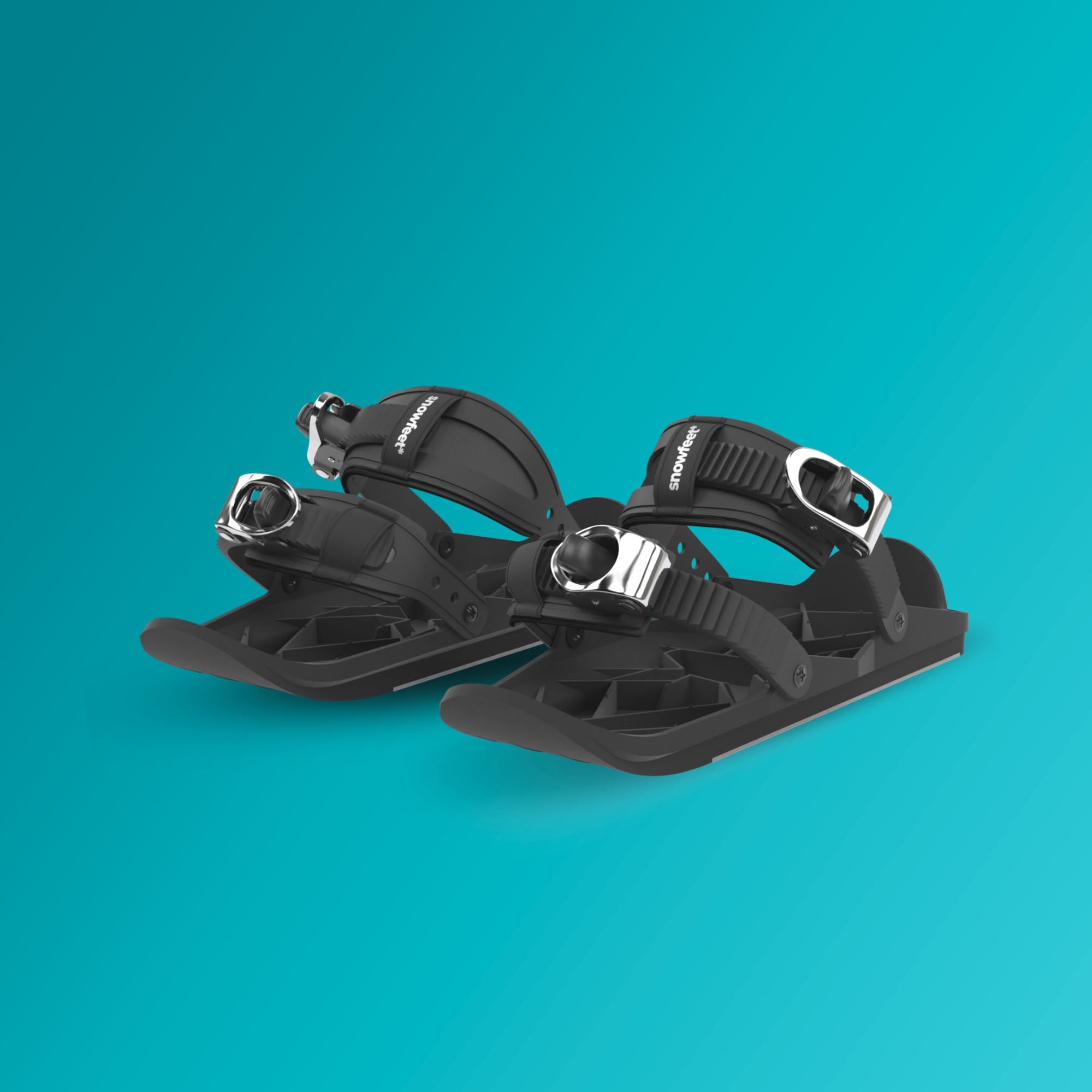


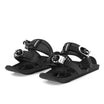
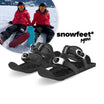

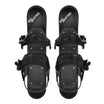


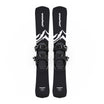
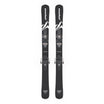
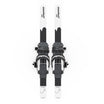
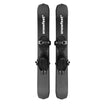
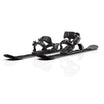
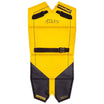

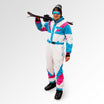
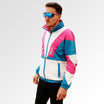
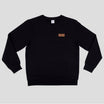
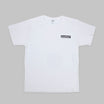
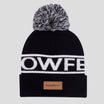
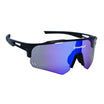
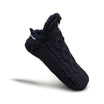
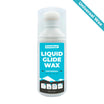
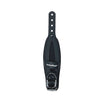
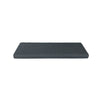
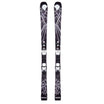

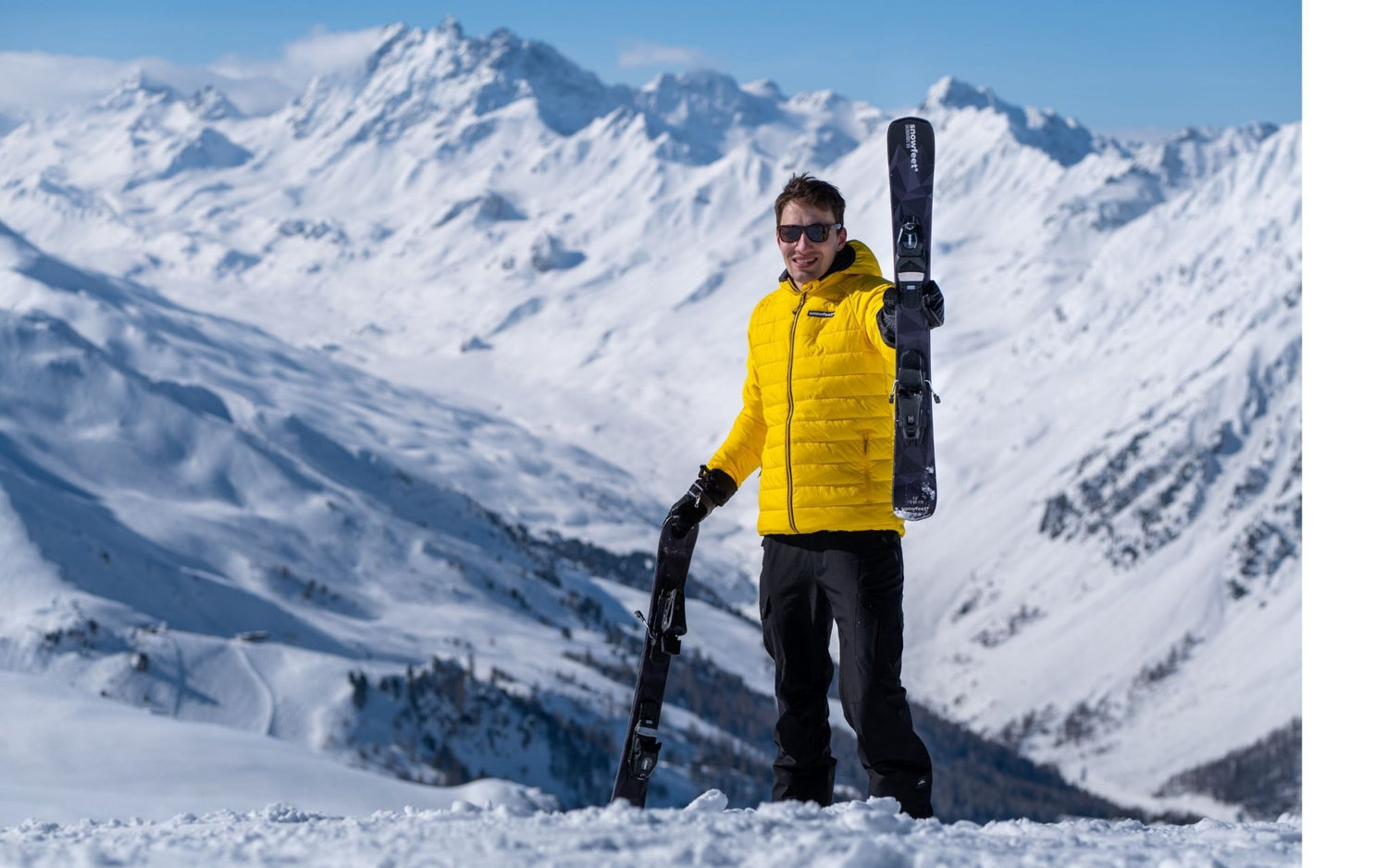





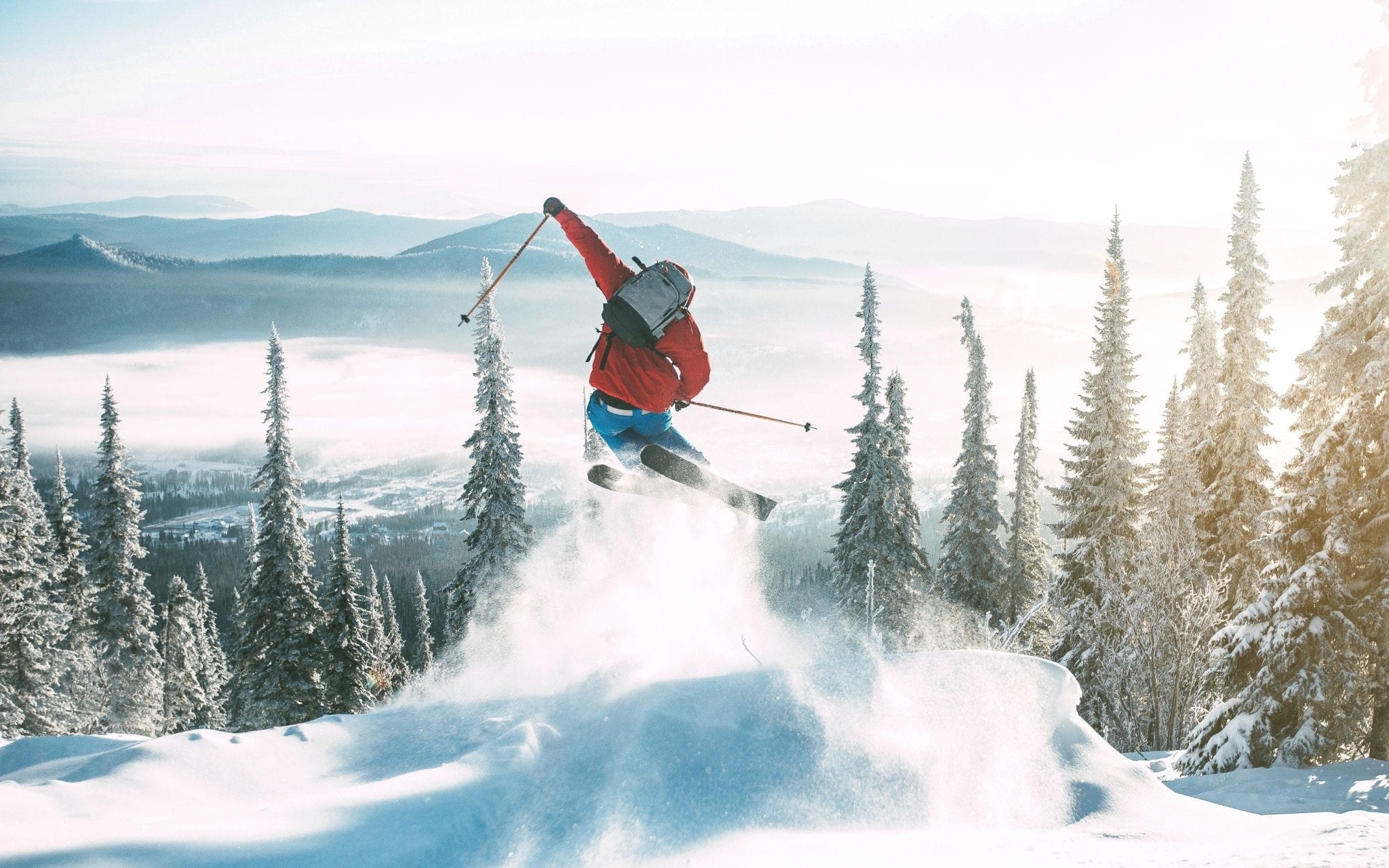
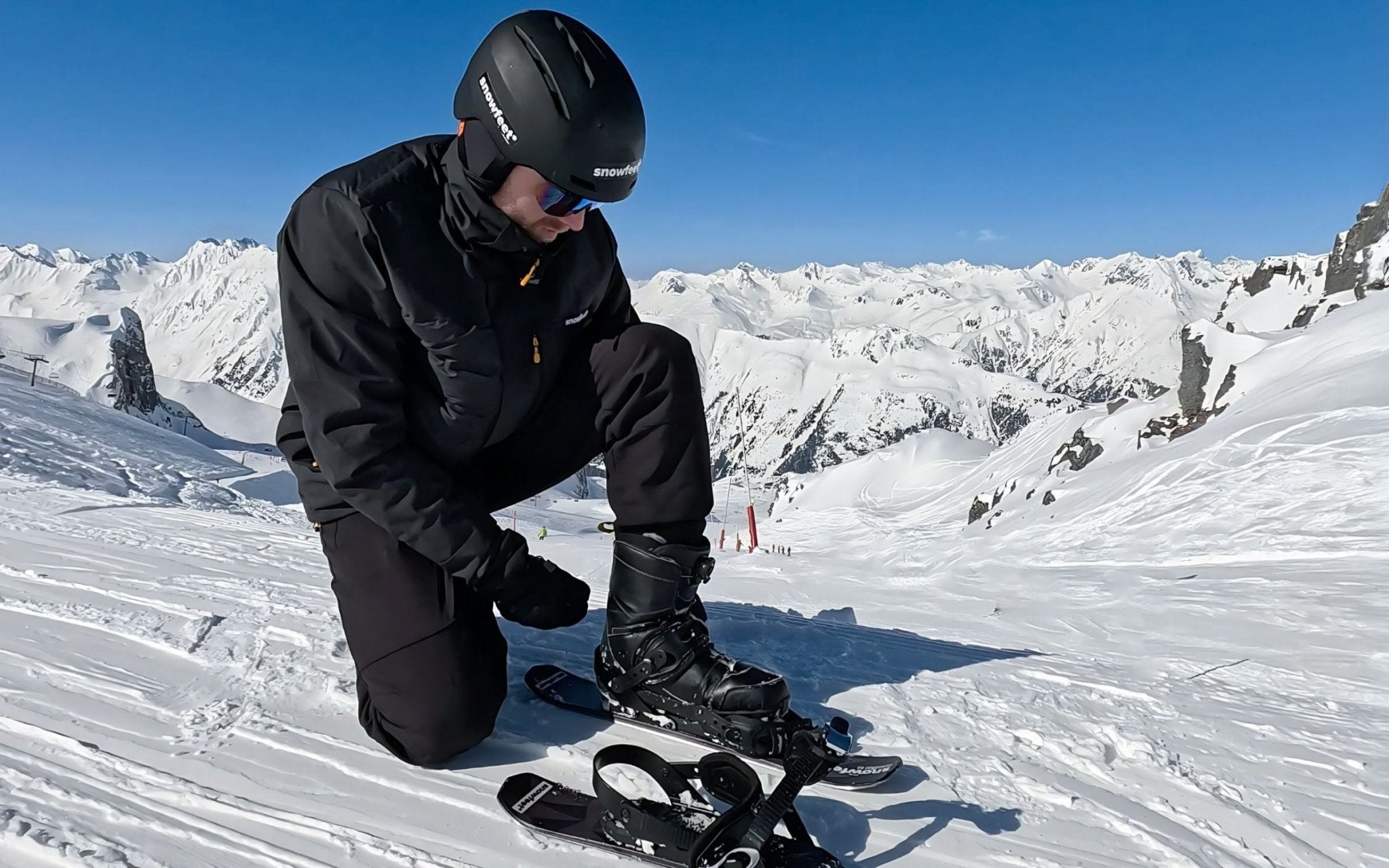
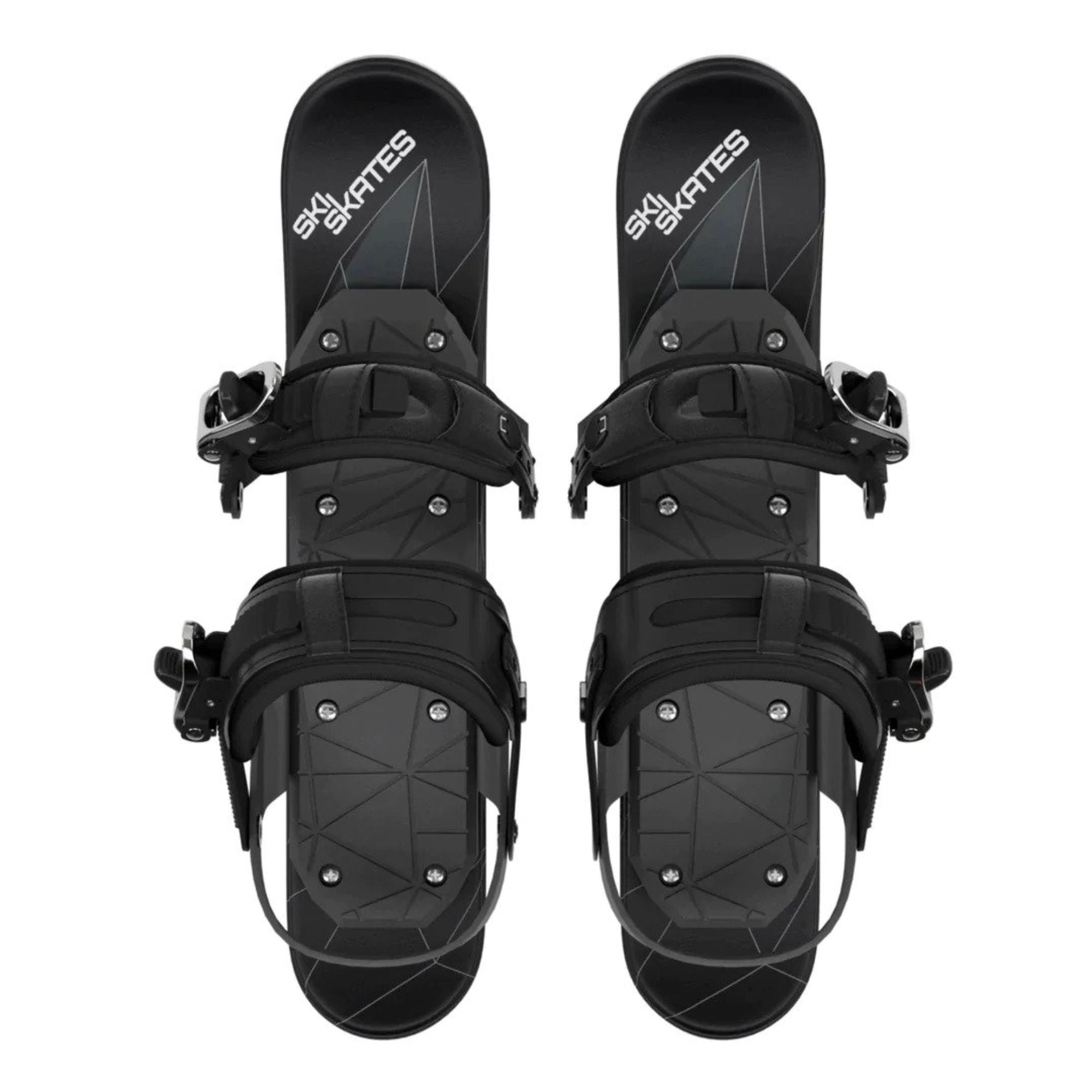
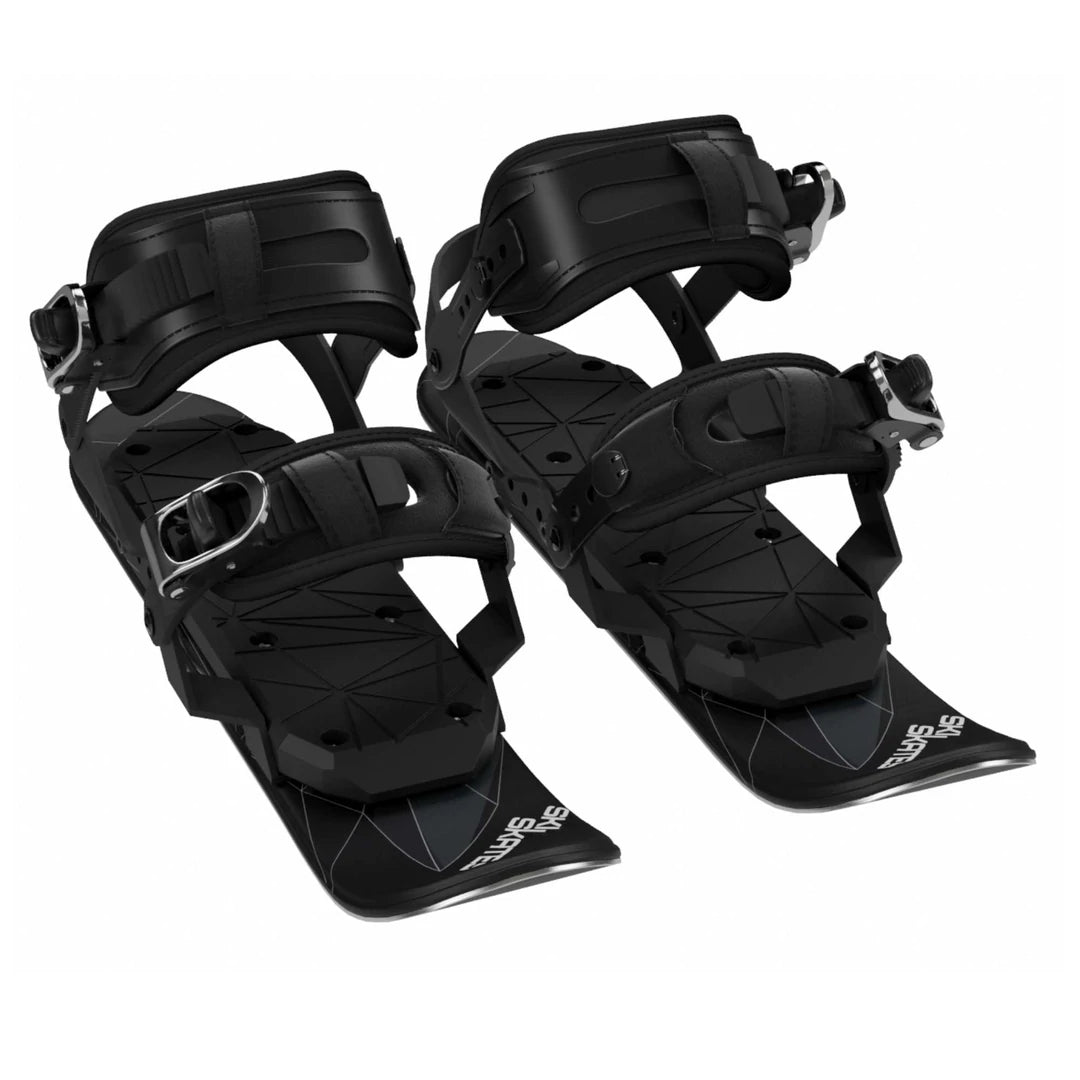
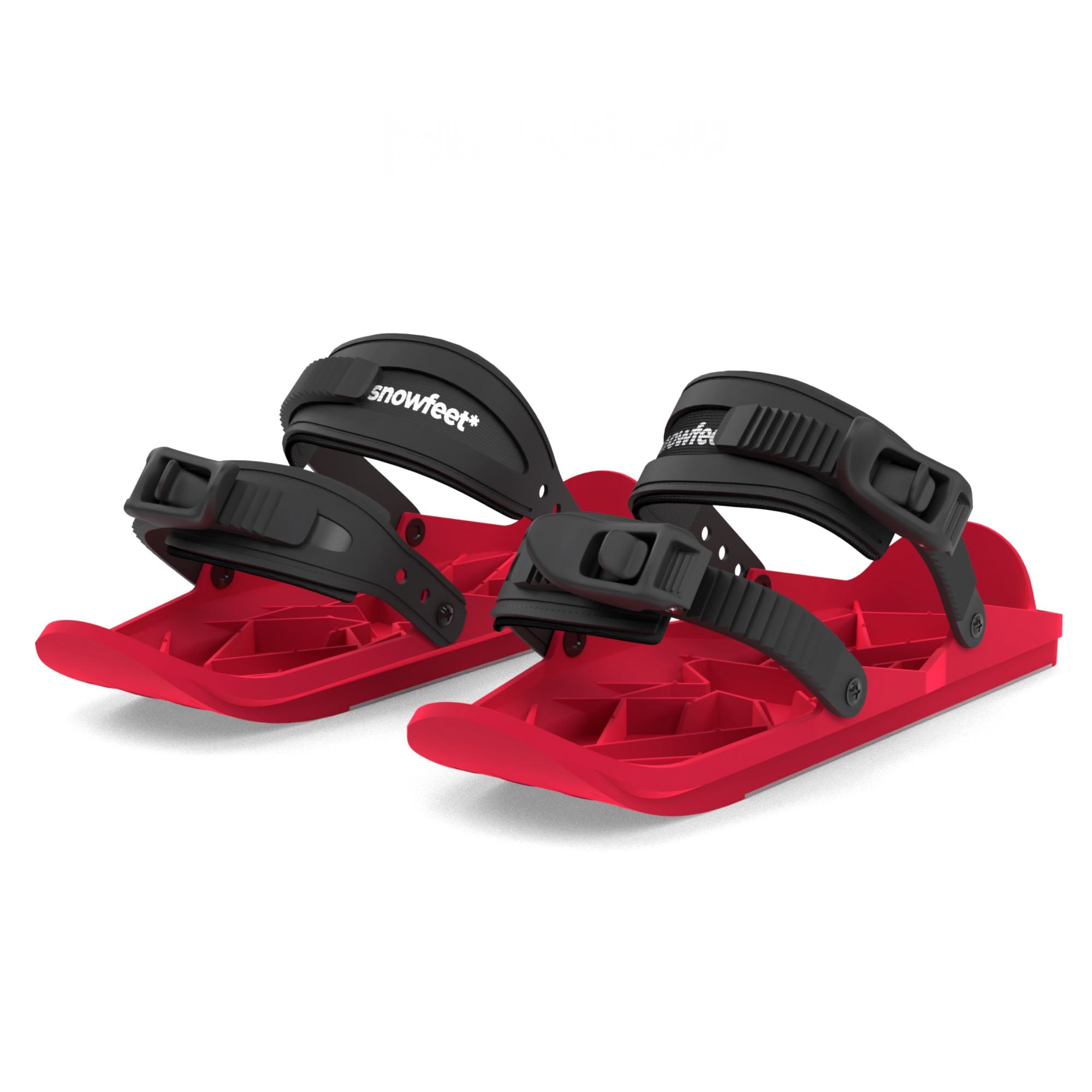
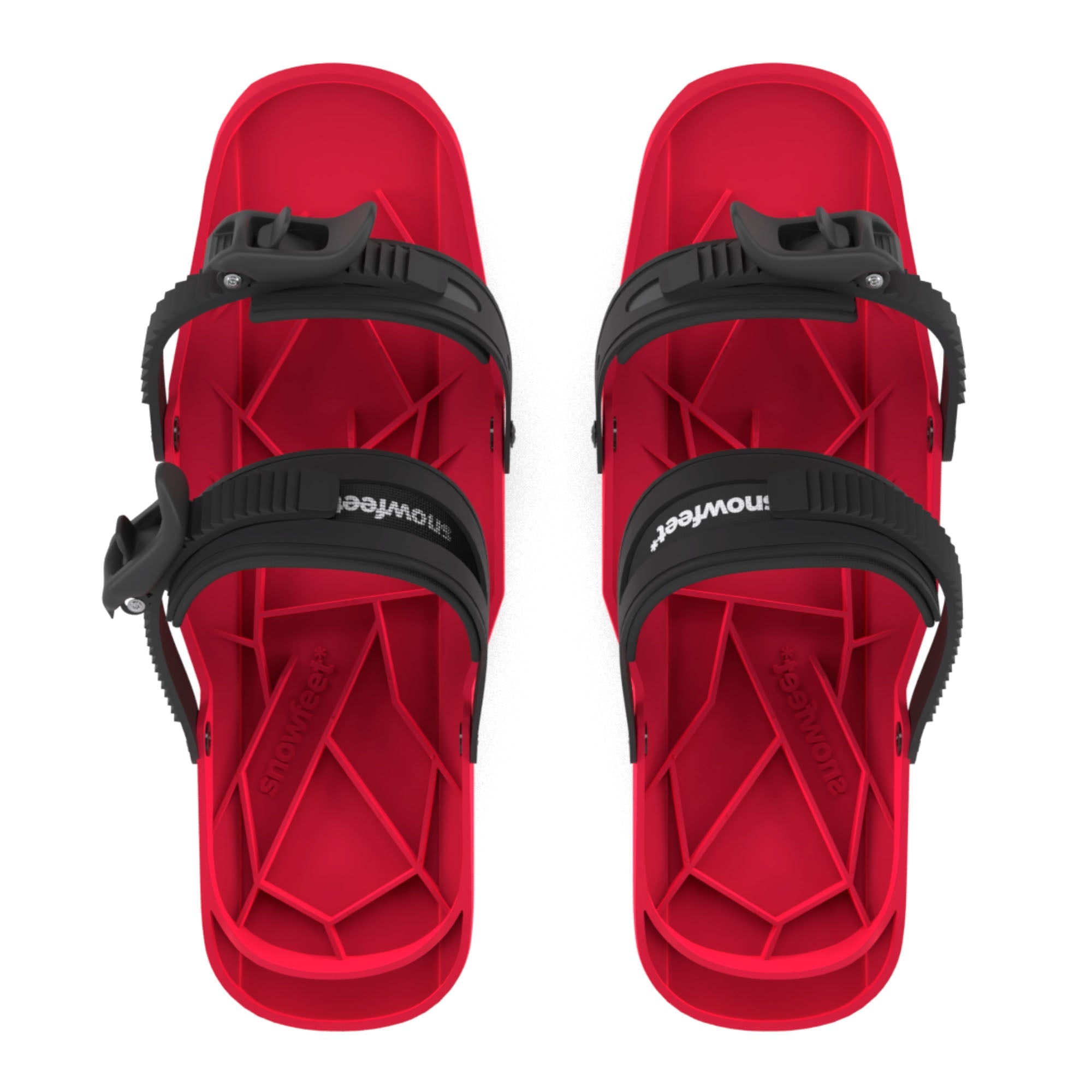




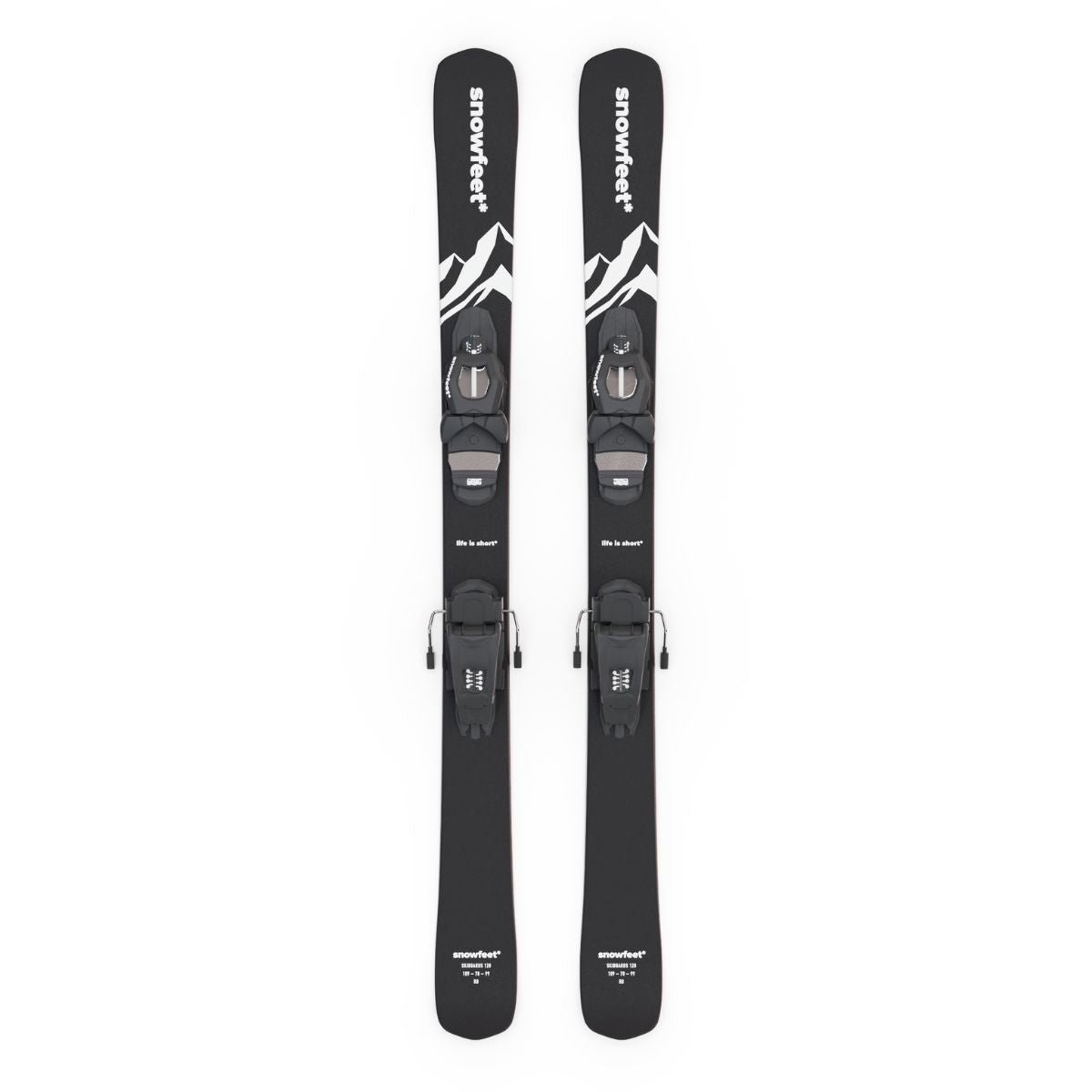
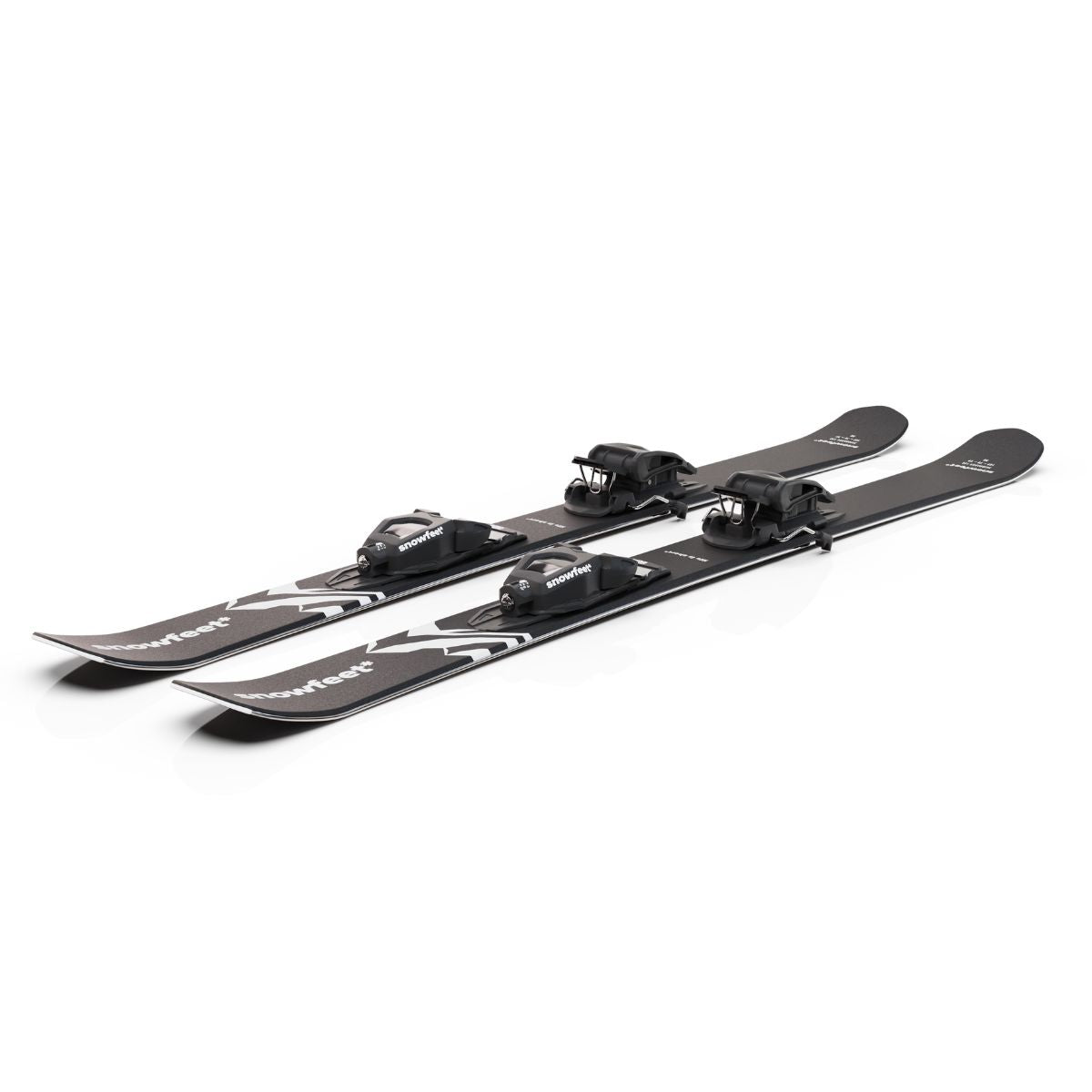
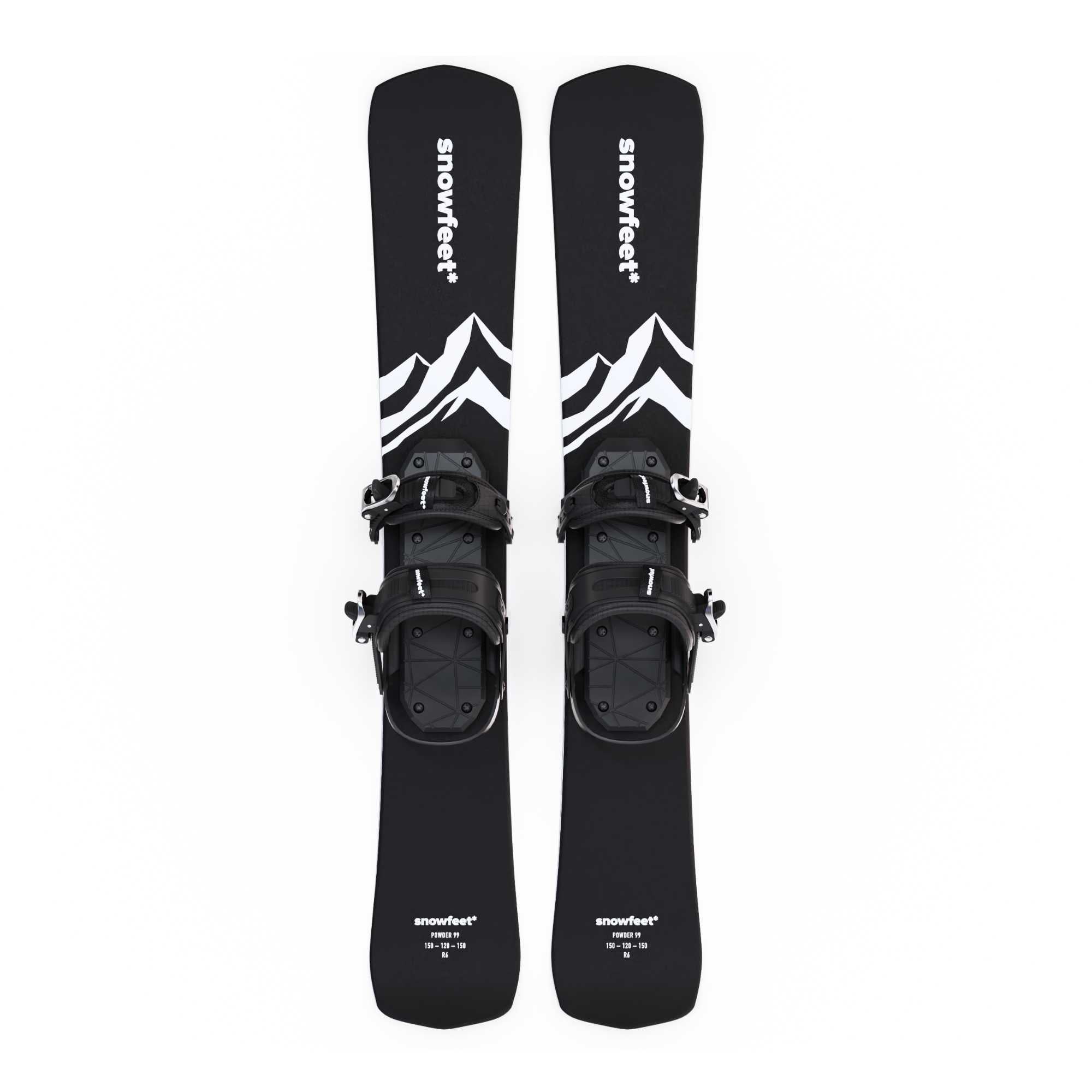
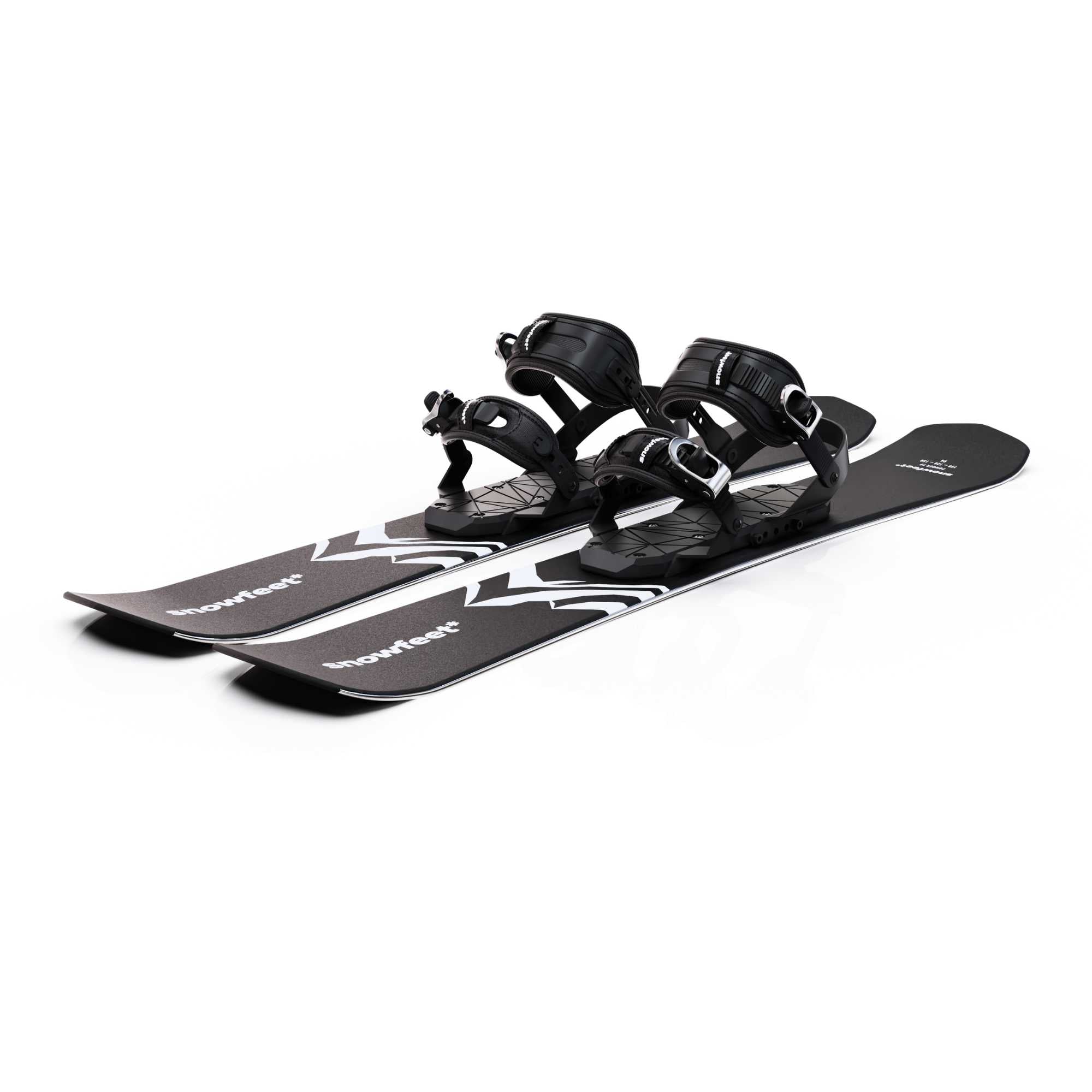
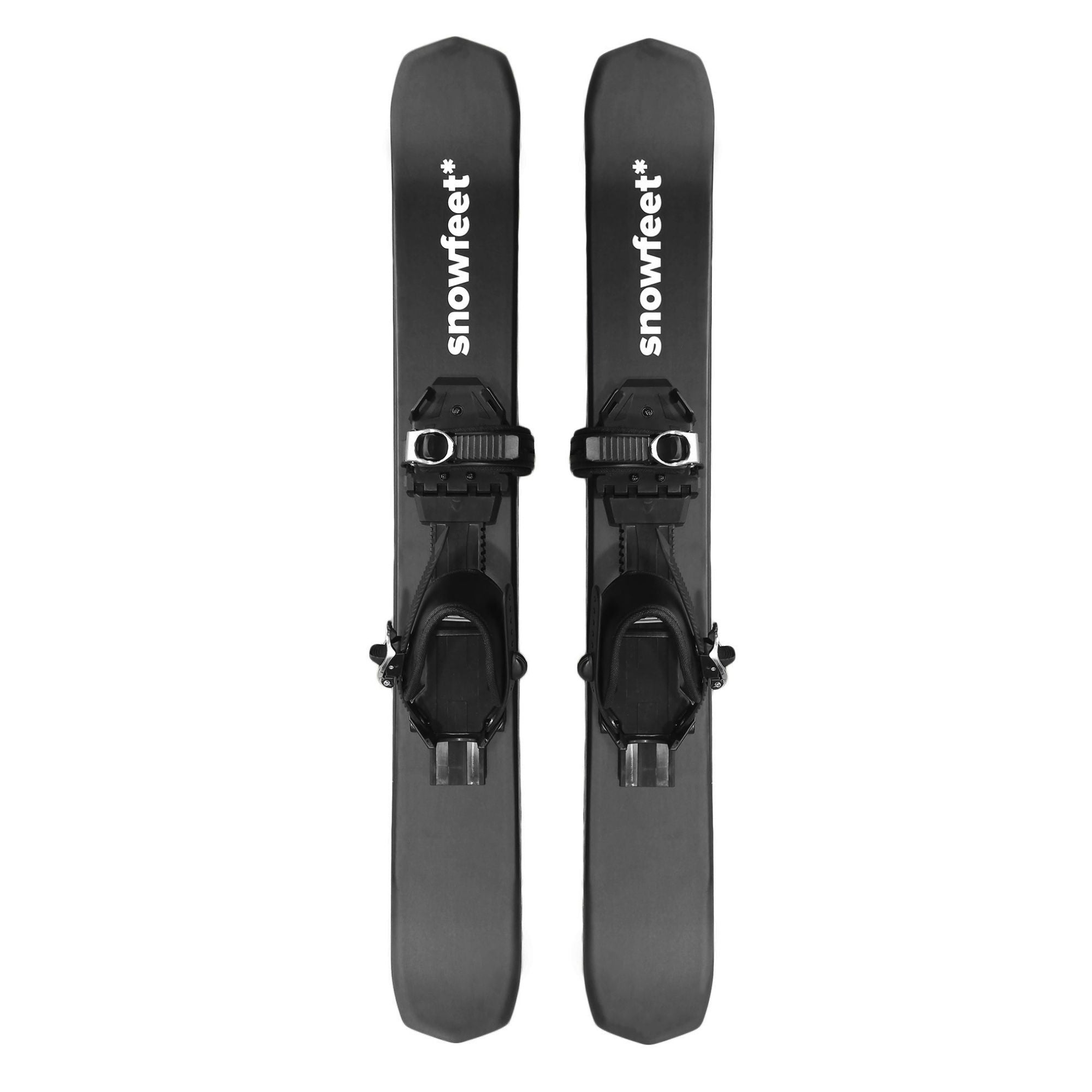
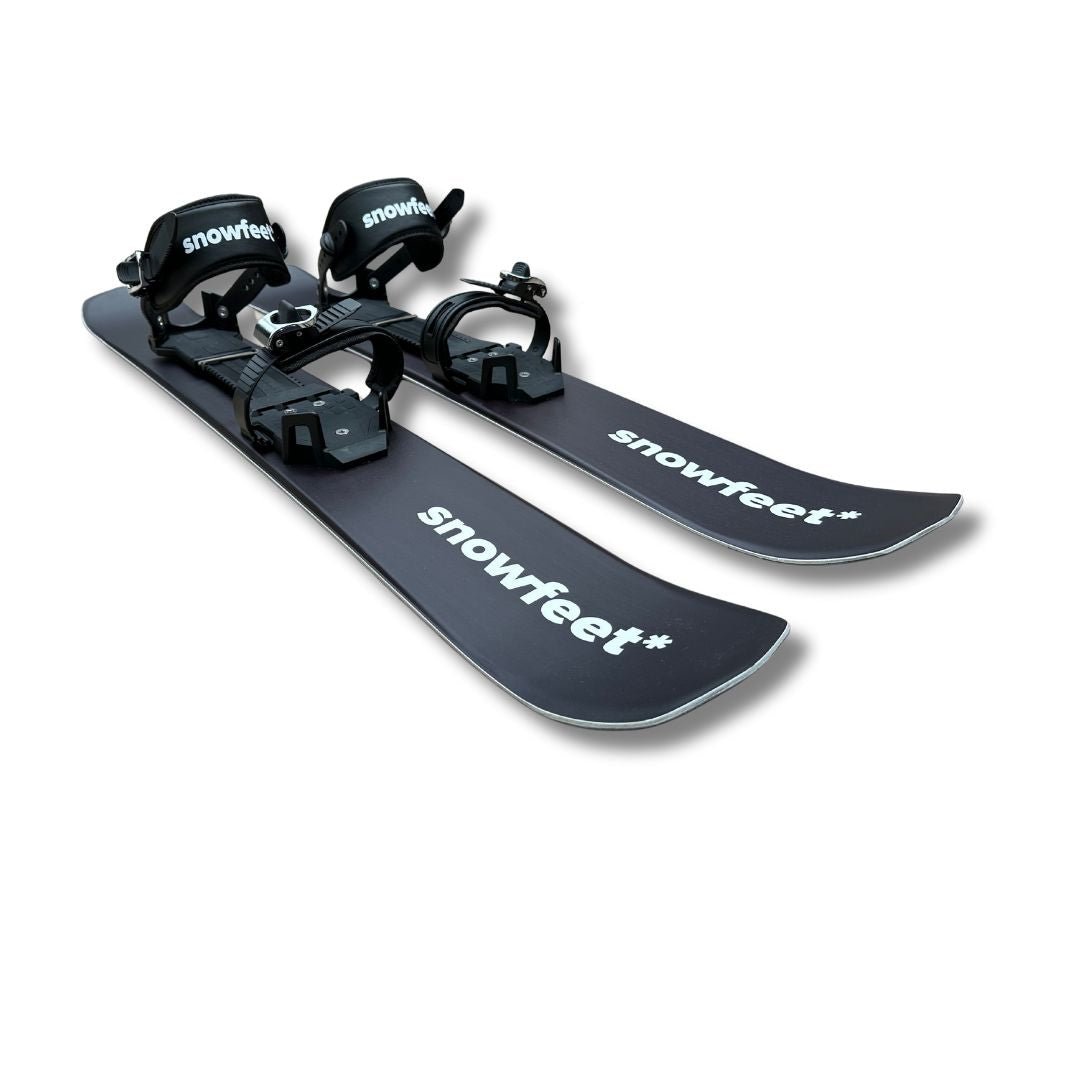
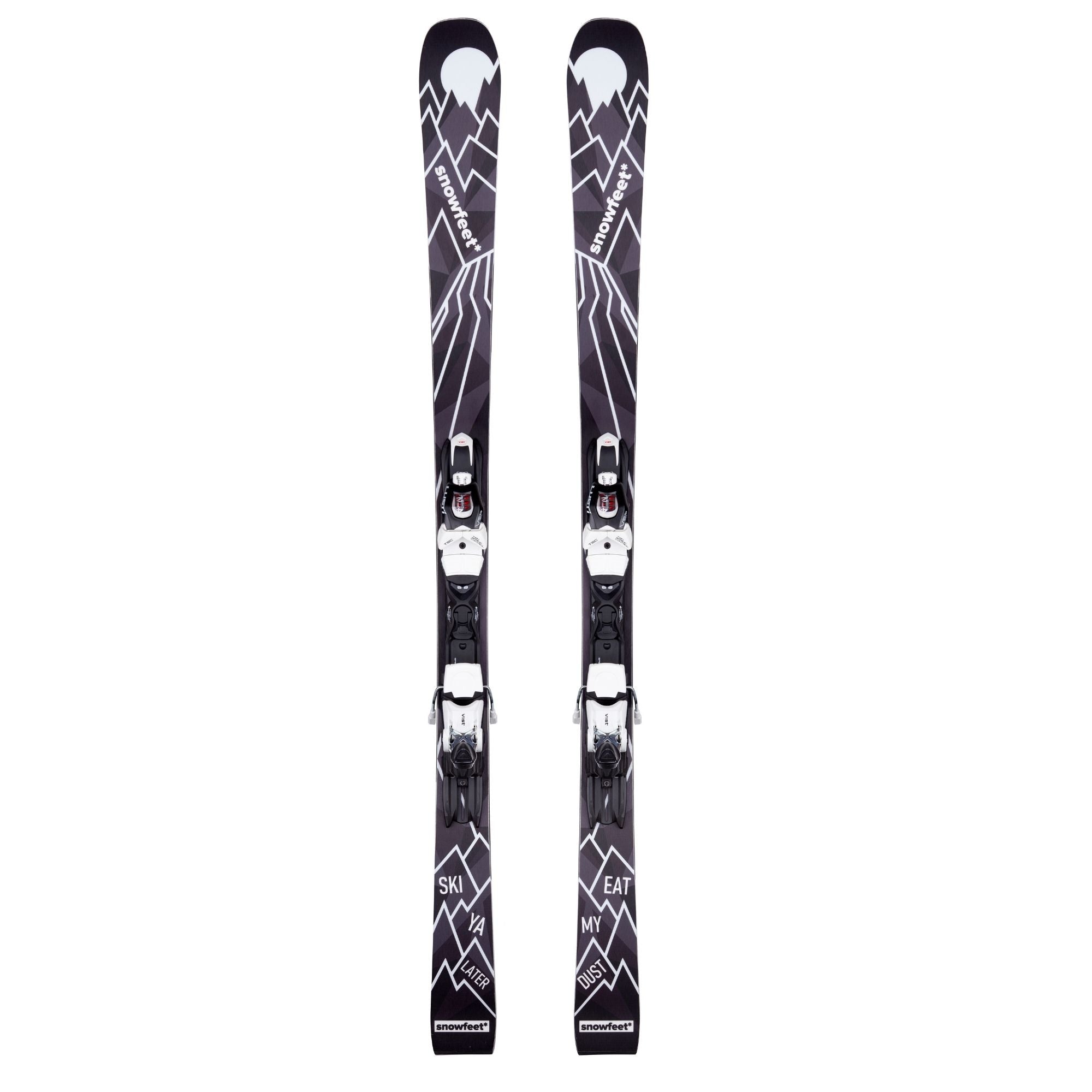
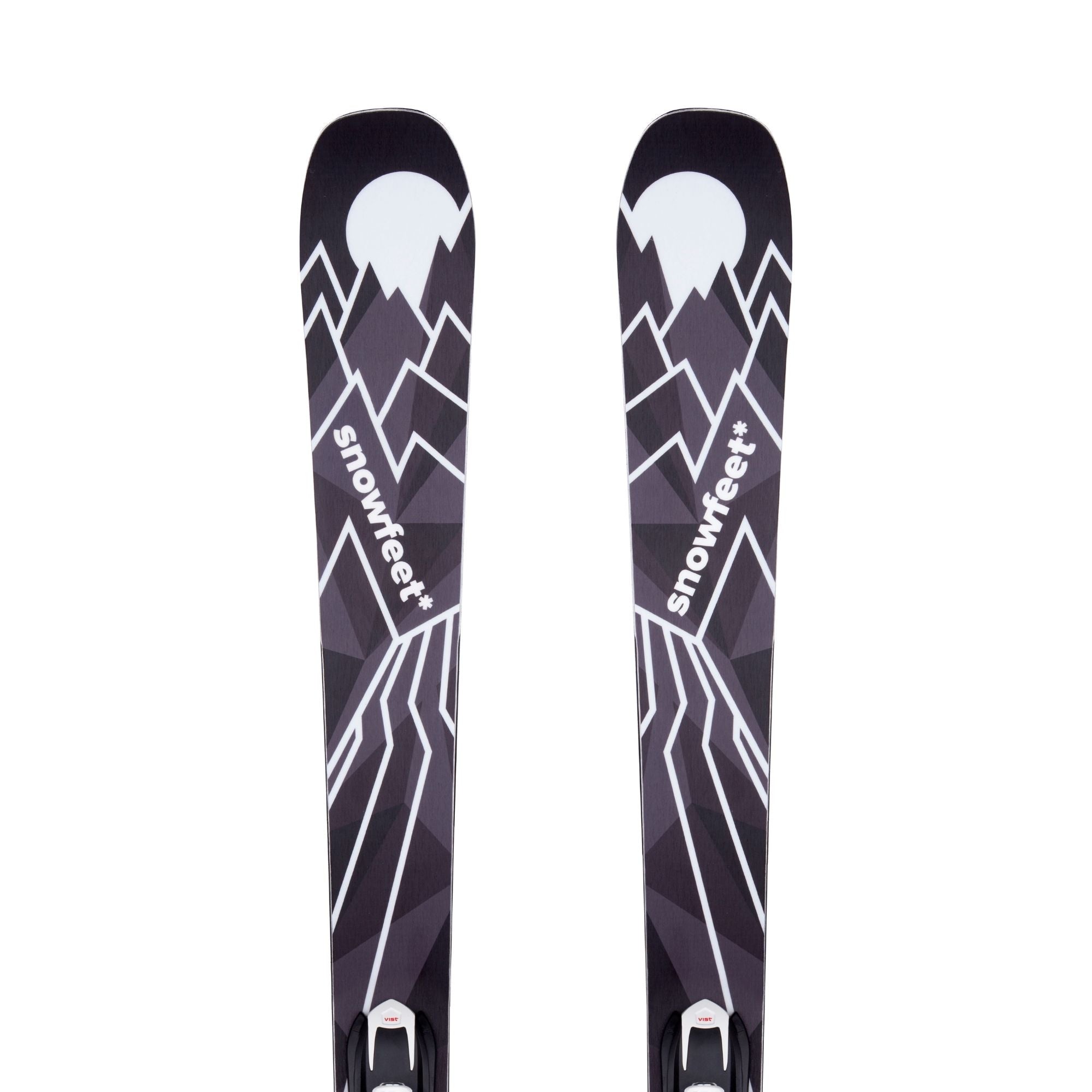
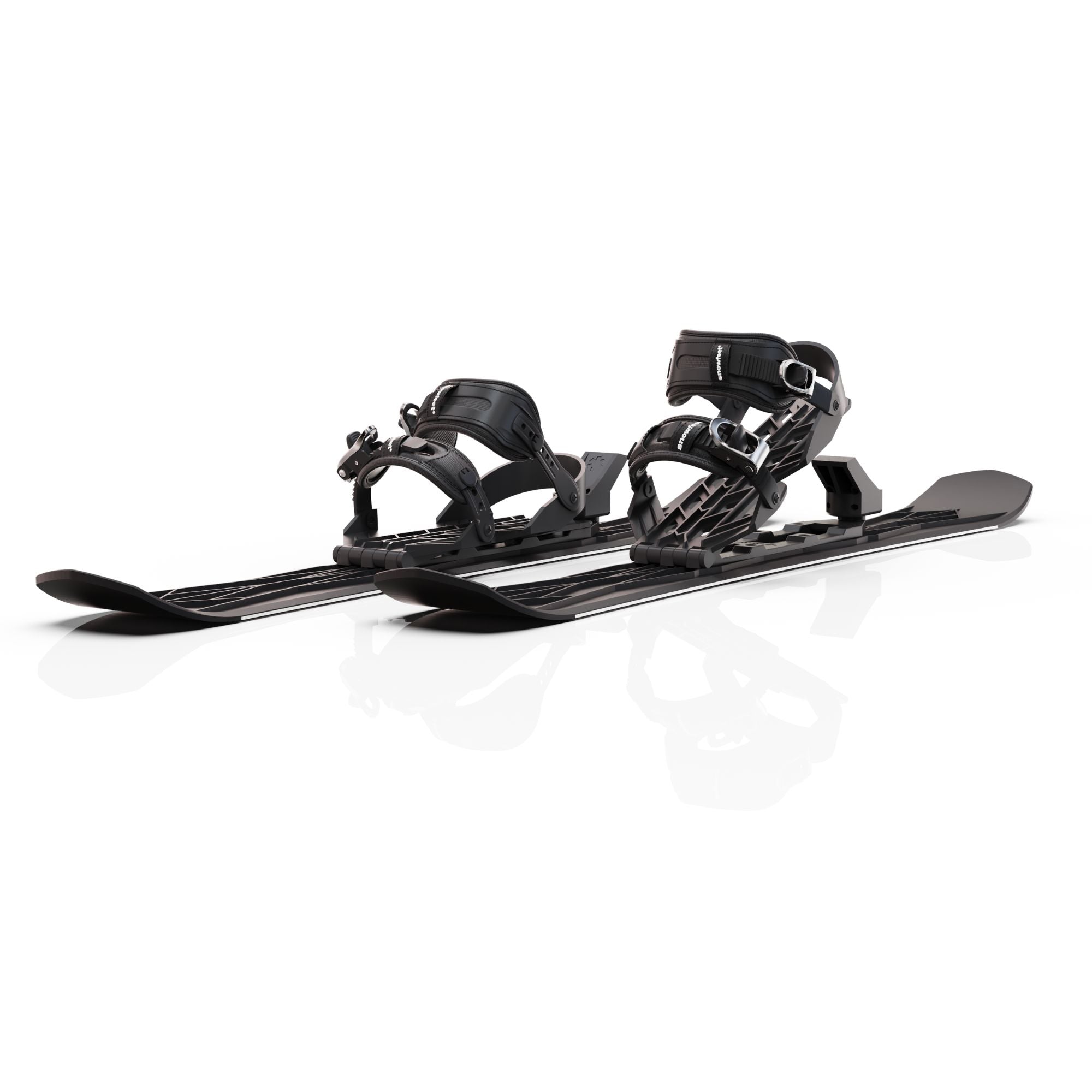

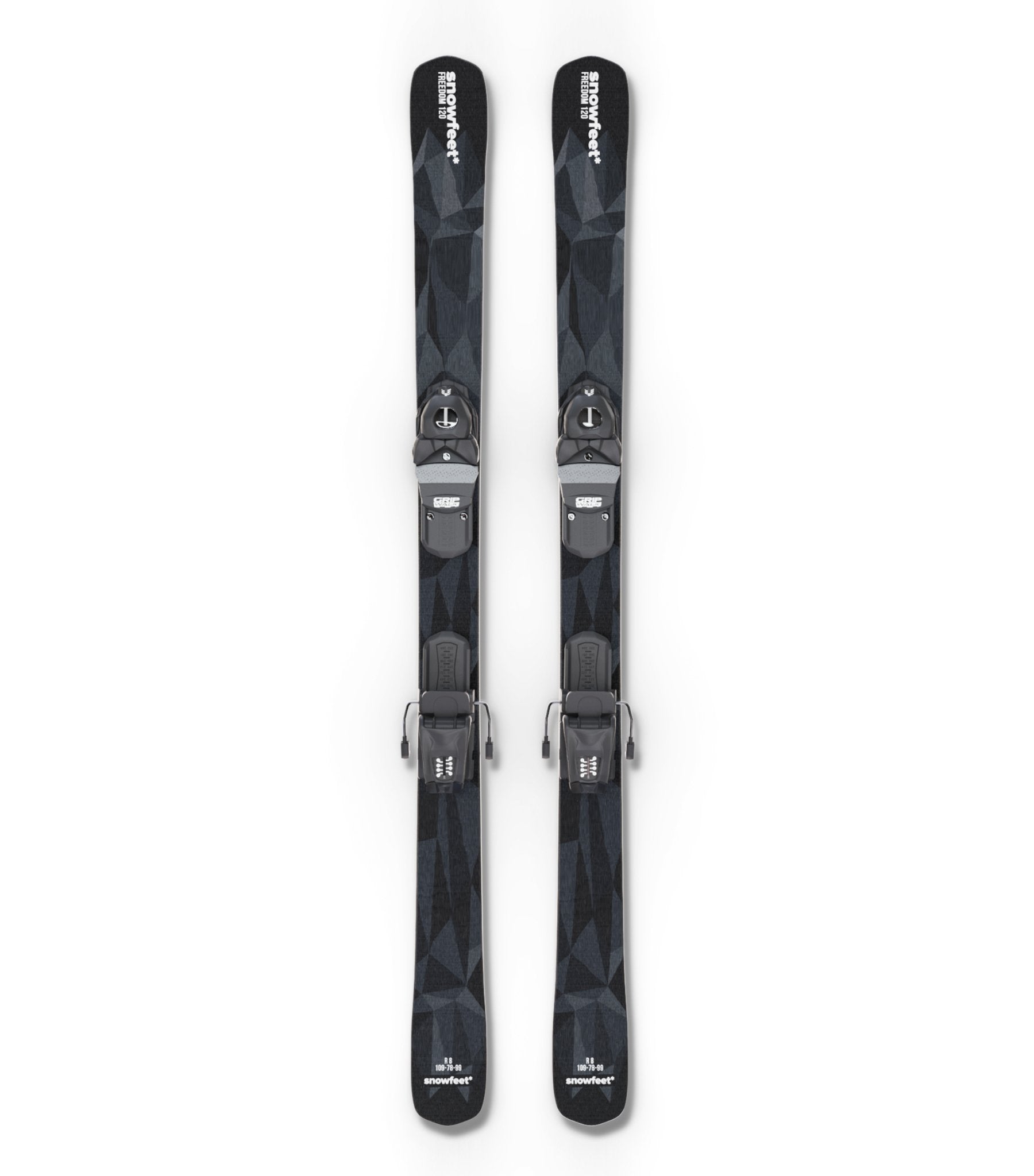
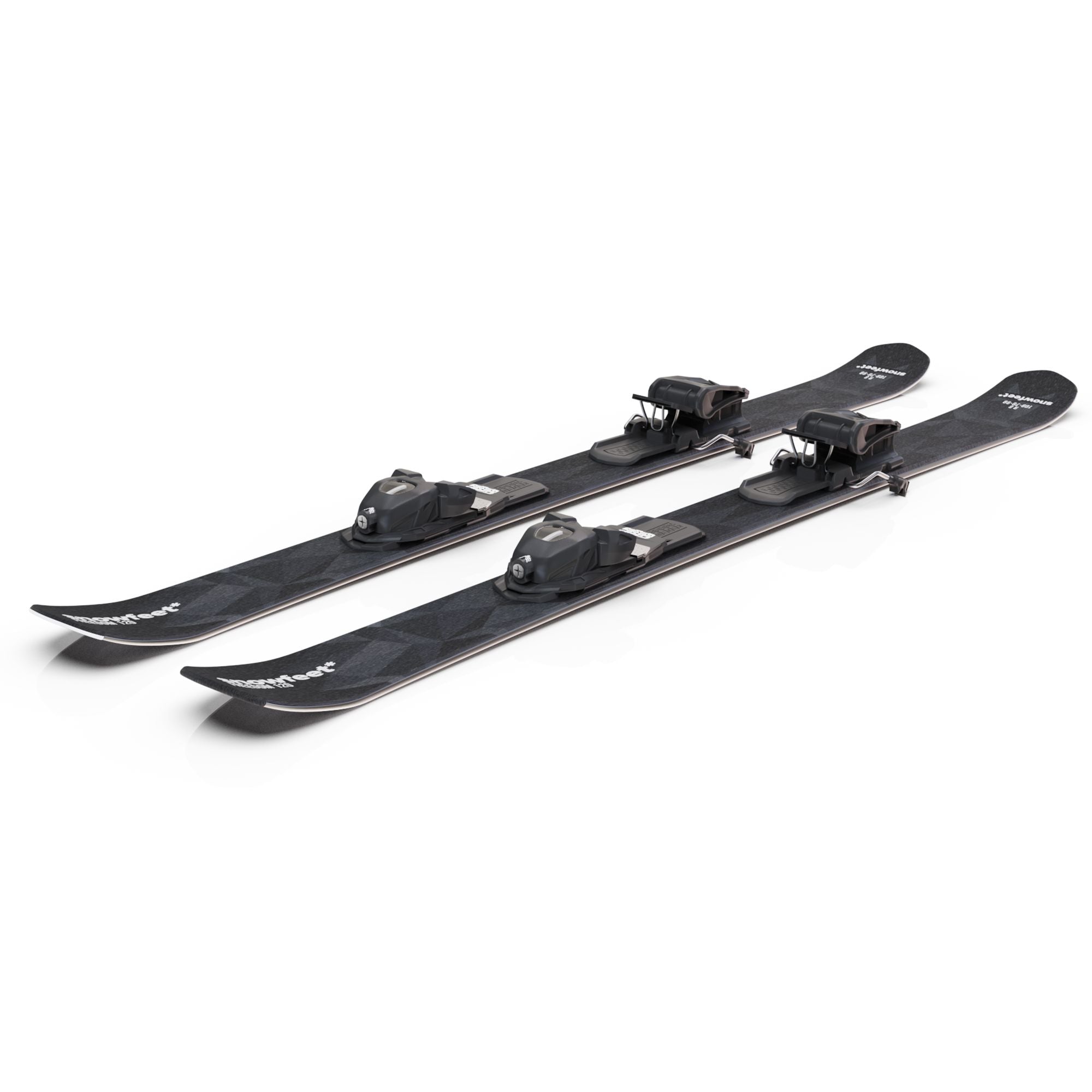
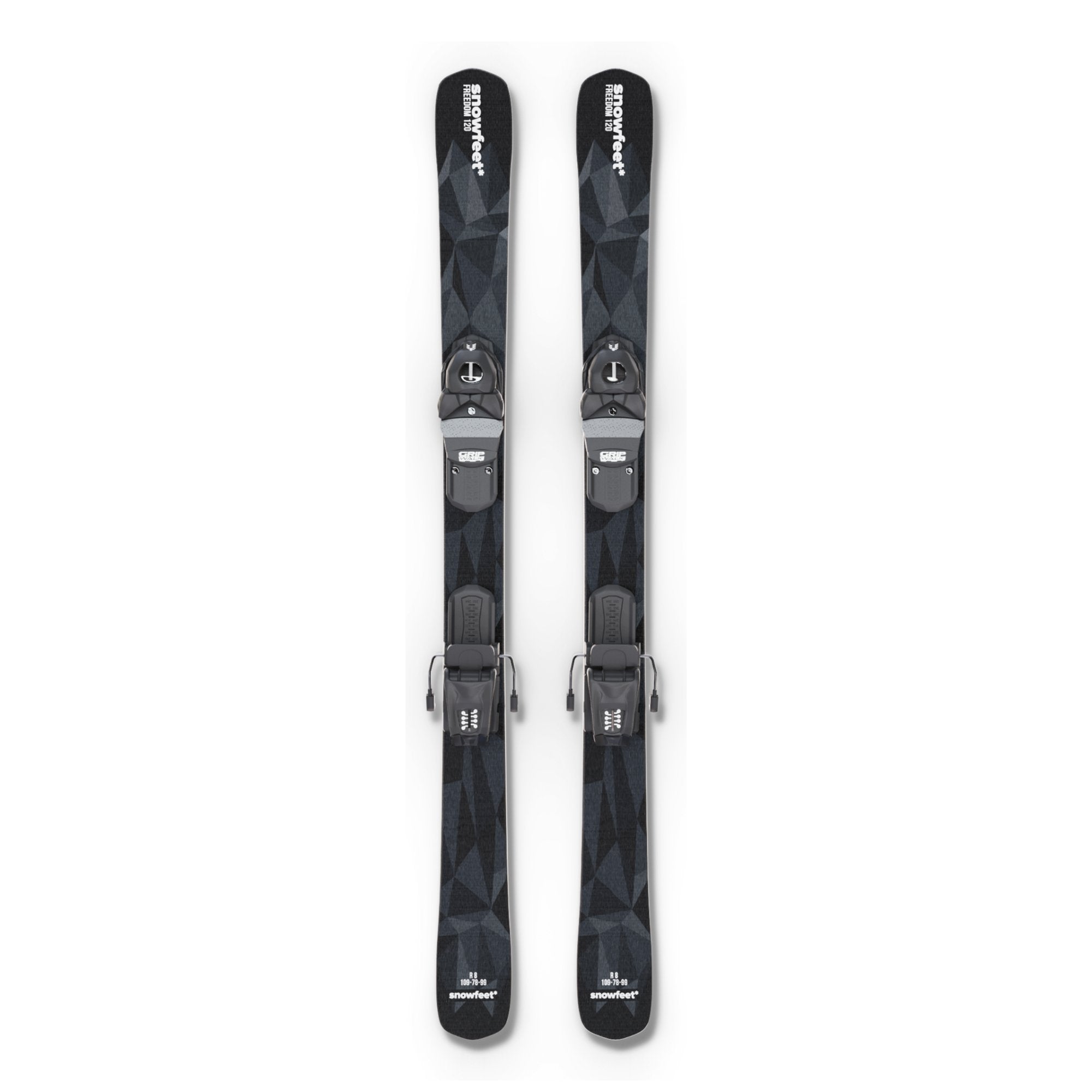
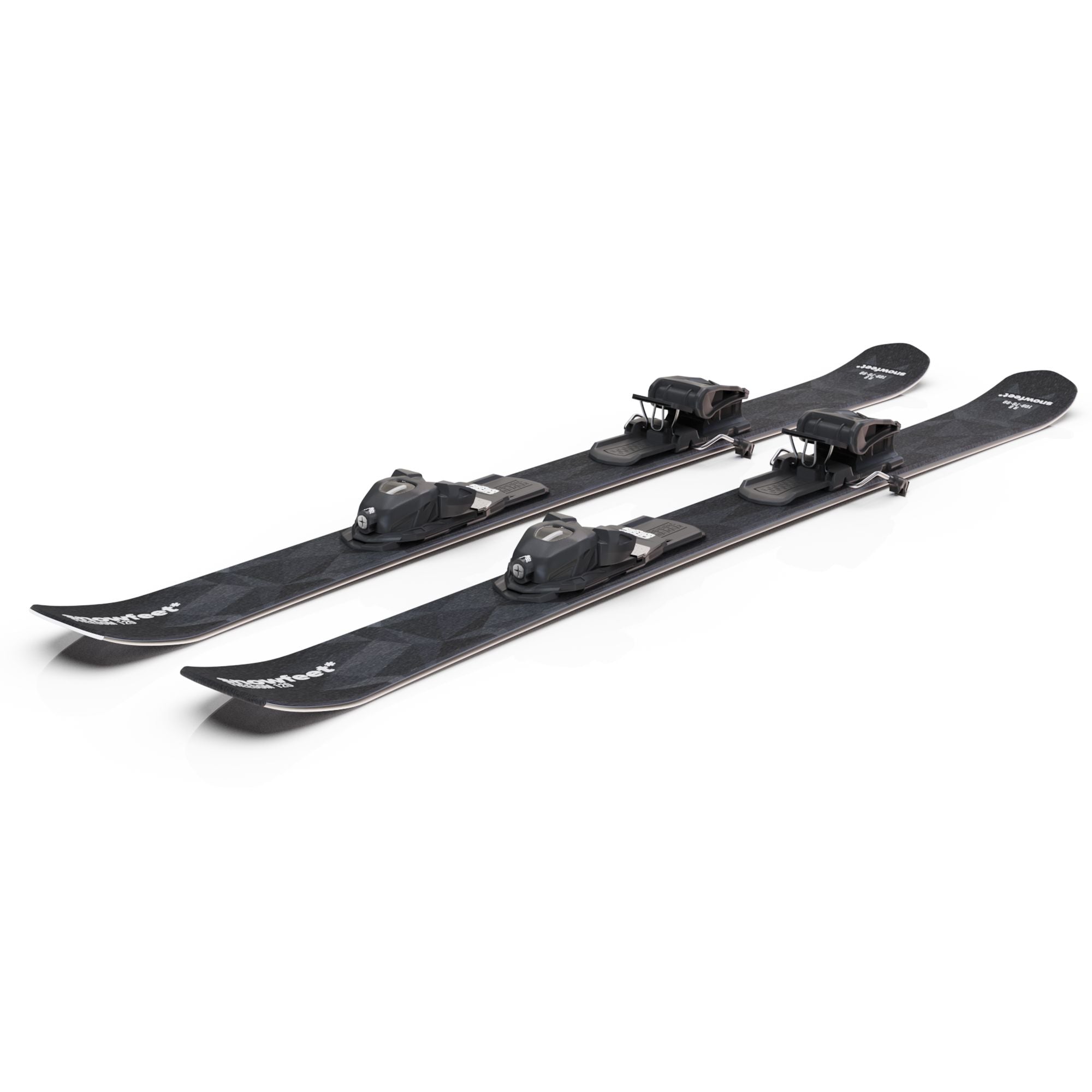
Leave a comment
This site is protected by hCaptcha and the hCaptcha Privacy Policy and Terms of Service apply.